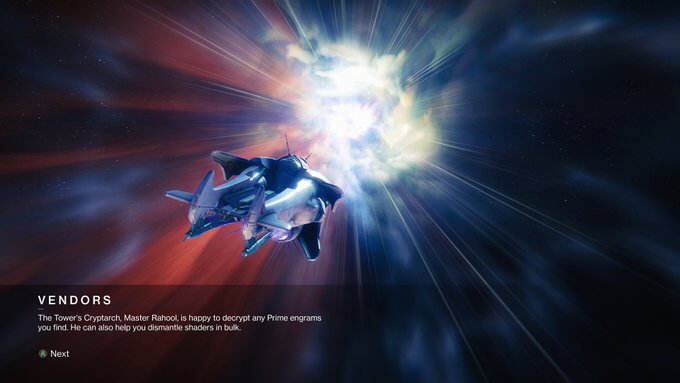An ode to load screens—just in time for the Xbox Series X and PS5 to render them obsolete

In 1998, video game company Namco was granted a patent on technology allowing a small “auxiliary game program code” to run alongside the “main-game program code” to avoid an “unnecessary wastage of time.” In more human terms, this meant Namco—and only Namco—could put minigames on its loading screens, which usually took the form of retro arcade titles that you could screw around with for a minute while Ridge Racer on the PlayStation loaded up. Loading screens were pretty new to video games at that point, and Twitter hadn’t been invented yet, so easing players into this dark new future by giving them something to do was brilliant. So brilliant, in fact, that it became irritating when games got more and more complex and companies were barred from doing anything fun with their expanding loading screens because of Namco’s patent.
Finally, in 2015, the patent expired. The door was now open for companies to come up with fun auxiliary game program codes to help you avoid an unnecessary wastage of time while your main-game program code loaded in. Nobody really ended up doing it, but now, five years later, the whole thing has been rendered pointless because the Xbox Series X and PlayStation 5 have effectively killed video game loading screens. (The A.V. Club was able to review the systems on pre-release firmware, with some games not-yet optimized for the new platforms.) We’d say “rest in peace,” but loading screens aren’t really gone. They’ve just been rendered so irrelevant by the power of these new consoles that it’s weird to see how much time is still being spent on making them seem like they’re not an unnecessary wastage of time.









































